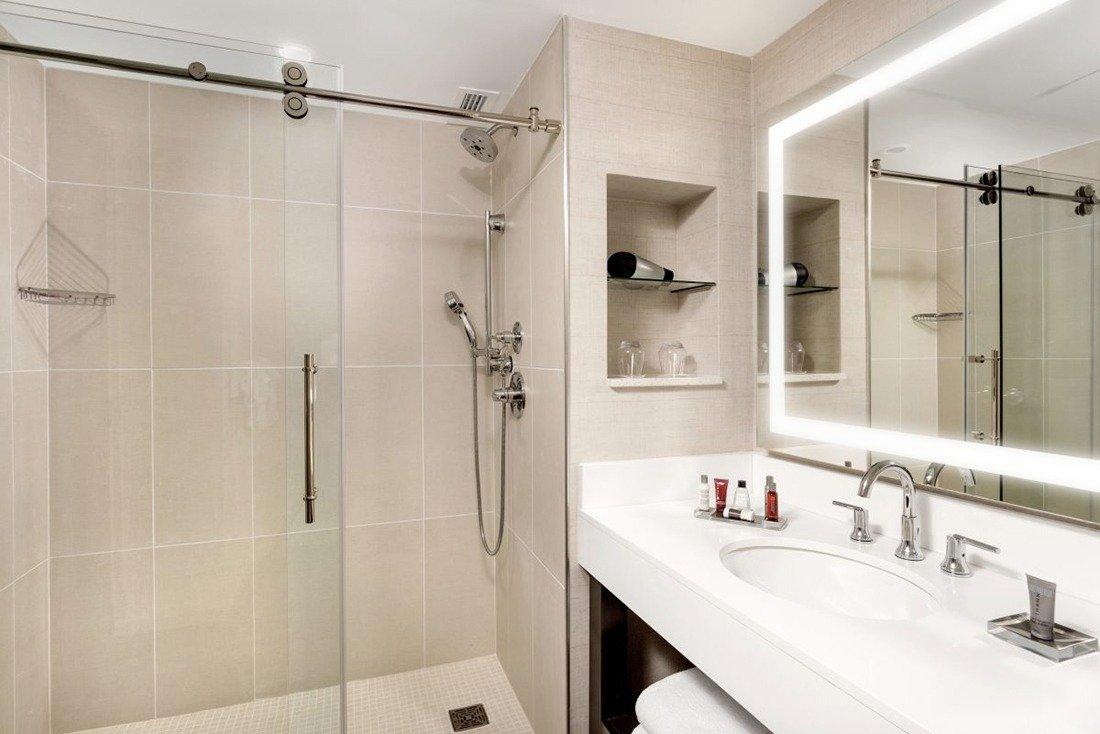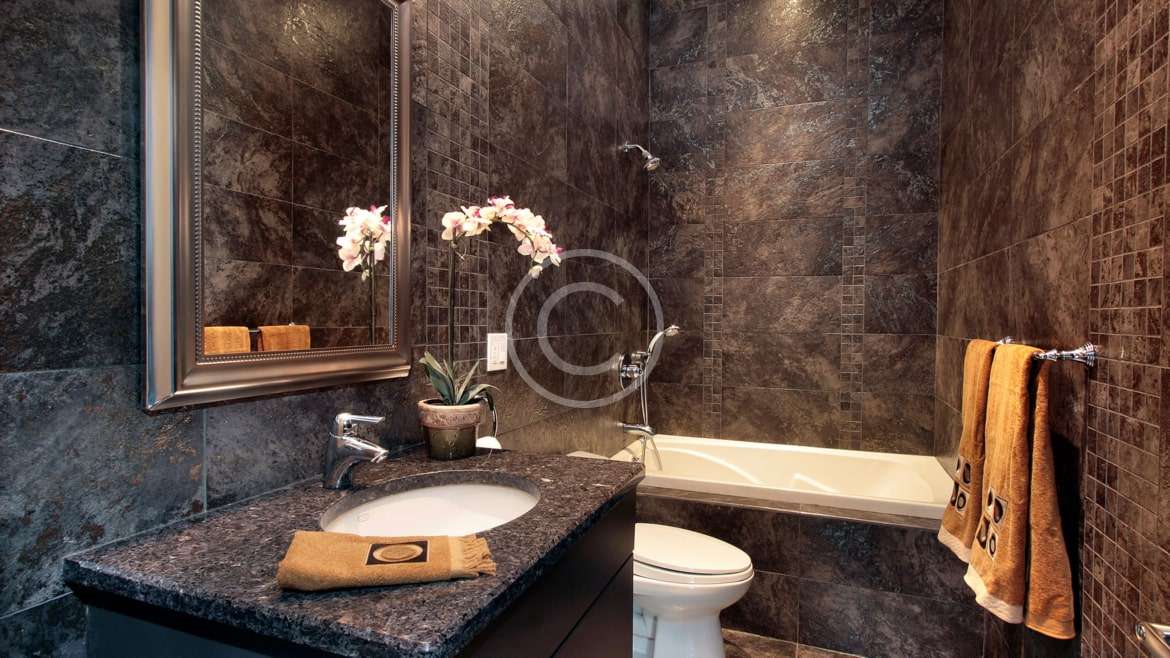
Toilet Water Conservation Methods for Tech Experts
Share
In today's world, where every drop of water counts, adopting effective toilet water conservation methods is crucial. These methods not only contribute to environmental sustainability but also offer significant savings on utility bills. For tech professionals and enthusiasts, the opportunity to blend technology with water conservation presents an exciting challenge.

The Current Scenario of Water Usage
Modern toilets, especially in tech-savvy households, are often equipped with features like automatic flush sensors and dual-flush systems. Despite advancements, toilets remain one of the largest sources of water consumption in households. According to the EPA, toilets can account for nearly 30% of an average home's indoor water consumption. Understanding the impact of this is crucial for tech professionals who aim to integrate water-saving solutions into their smart home designs.
For those passionate about technology and sustainability, exploring the potential of smart toilets is a logical step. Innovations such as touchless flush systems and self-cleaning toilets not only improve hygiene but also significantly reduce water usage. These features are often highlighted in articles like Portable Water-Saving Toilets.
Innovative Technological Solutions for Water Conservation
The integration of IoT (Internet of Things) in toilets is revolutionizing water conservation. Smart toilets equipped with sensors can detect leaks and usage patterns, allowing homeowners to optimize water usage. These sensors can alert users to potential issues before they become costly problems, making them an essential tool for tech enthusiasts focused on sustainability.
Additionally, dual-flush toilets offer a simple yet effective way to conserve water. These systems provide two flushing options: a full flush for solid waste and a reduced flush for liquid waste. This innovation can lead to water savings of up to 67% compared to traditional toilets. For more insights, consider reading Environmental Benefits of Dual-Flush Toilets.
Smart Toilet Technology and Features
For tech enthusiasts, the idea of a toilet that can be controlled via smartphone apps is no longer a futuristic dream. Smart toilets can be programmed to flush automatically, self-clean, and even adjust water pressure settings. These features not only enhance user convenience but also ensure that water is used efficiently.
Moreover, advanced technologies such as vacuum-assist toilets require less water per flush compared to traditional gravity-flush toilets. The use of air pressure to enhance flush performance minimizes water usage without compromising functionality. Articles like Popular Water-Saving Toilet Designs provide additional context on these innovations.
Environmental Impact and Community Benefits
Reducing water usage through technological advancements in toilet design has a profound impact on the environment. By conserving water, tech professionals can contribute to decreased energy consumption required for water treatment and distribution. This reduction not only benefits the environment but also supports community efforts in water conservation.
Communities that embrace water-saving technologies can experience significant long-term benefits. Lower water bills, reduced strain on municipal water systems, and enhanced resilience against droughts are just a few advantages. To understand more about the community impact, visit Water-Saving Toilets Guide.
Challenges and Future Directions
While technological advancements in toilet design offer many benefits, challenges remain. The initial cost of smart toilets can be a barrier for some homeowners. However, tech professionals understand that the long-term savings on water bills and the environmental benefits often outweigh the upfront investment.
Looking ahead, the future of toilet technology is promising. Innovations such as AI-powered toilets that analyze waste to provide health insights are on the horizon. These technologies not only enhance water conservation but also offer additional health benefits. The potential for further integration of AI and IoT in bathroom design is vast, offering exciting opportunities for tech enthusiasts.
Embracing Water Conservation as a Tech Professional
For tech professionals, adopting toilet water conservation methods is both a responsibility and an opportunity. By embracing technology that conserves water, tech enthusiasts can lead by example and inspire others to follow suit. The fusion of technology and sustainability in bathroom design is a testament to the power of innovation in addressing global challenges.
As we move forward, the role of tech professionals in promoting water conservation will become increasingly important. By staying informed about the latest advancements and actively participating in discussions on sustainable design, tech enthusiasts can drive meaningful change. To explore more on sustainable toilet designs, check out What is a Dual-Flush Toilet?.
Conclusion
In conclusion, the adoption of innovative toilet water conservation methods is a critical step for tech professionals committed to sustainability. Through the integration of smart technologies, dual-flush systems, and other water-saving innovations, tech enthusiasts can significantly reduce water usage while enhancing user convenience. By leading the way in sustainable bathroom design, tech professionals can make a lasting impact on the environment and inspire others to join the movement towards water conservation.

FAQ Section
What are the benefits of using a dual-flush toilet?
Dual-flush toilets offer significant water savings by providing two flush options: a full flush for solid waste and a reduced flush for liquid waste. This can lead to a reduction in water usage by up to 67% compared to traditional toilets.
How do smart toilets contribute to water conservation?
Smart toilets equipped with sensors can optimize water usage by detecting leaks, monitoring usage patterns, and alerting users to potential issues. These features ensure that water is used efficiently and help prevent costly water wastage.
Are there cost savings associated with water-saving toilets?
Yes, water-saving toilets can lead to substantial cost savings on water bills over time. Although the initial investment may be higher, the long-term savings and environmental benefits often outweigh the upfront costs.
This article contains affiliate links. We may earn a commission at no extra cost to you.
